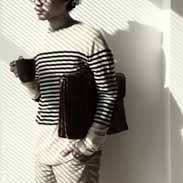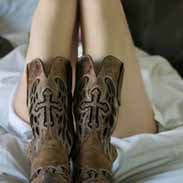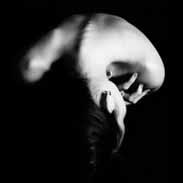Baroque Art Flashcards, test questions and answers
Discover flashcards, test exam answers, and assignments to help you learn more about Baroque Art and other subjects. Don’t miss the chance to use them for more effective college education. Use our database of questions and answers on Baroque Art and get quick solutions for your test.
What is Baroque Art?
Baroque art is an iconic form of European visual art that emerged during the 17th century. This style was characterized by its ornate and often theatrical qualities, which often depicted religious and historical themes. From its origins in Rome to its development in France, Spain, and other parts of Europe, Baroque art has been a lasting influence on the world of visual arts for centuries.The Baroque period began with the Council of Trent (1545-63), during which the Catholic Church sought to reassert its authority following the Protestant Reformation. This period saw a dramatic shift from Renaissance ideals towards more emotional works that were heavily invested in symbolism and grandiosity. Themes such as faith, power, mortality, and salvation were frequently explored through bold use of light as well as intense color palette choices. Artists such as Caravaggio and Rubens used chiaroscuro – alternate light/dark areas – to create dramatic effects within their paintings. Other artists like Bernini focused on creating dynamic sculptures that evoked powerful emotions or conveyed religious messages through movement or gesture.In addition to its bold use of colors, Baroque art also featured a variety of intricate details such as opulent ornamentation or elaborate architectural designs. The works often featured strong perspectival elements with vivid contrasts between light and dark areas resulting in striking compositions with tremendous impact on viewers. It has even been suggested that Baroque artwork was designed to evoke feelings ranging from awe to terror depending upon how closely viewers look at them. The legacy left behind by Baroque Art continues today with many modern-day artists being inspired by this era’s approach to composition and subject matter; it is also especially evident within contemporary churches that employ many features reminiscent of traditional Baroque structures within their architecture designs. All in all, while it may have gone through numerous changes throughout history it is still very easy to recognize a work belonging to this unique movement when compared against others from different eras due to its distinctive characteristics .













